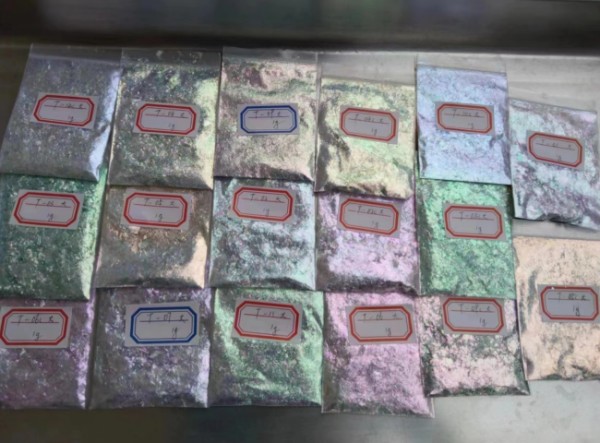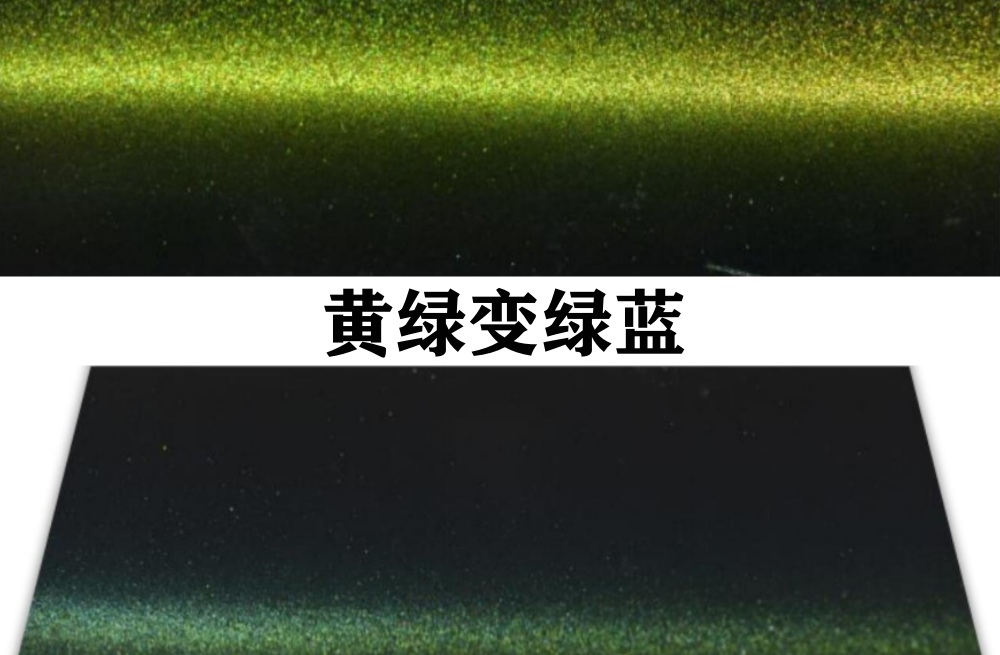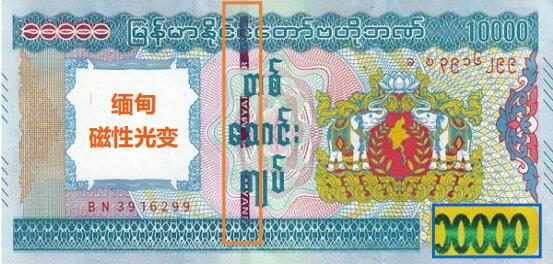With the continuous advancement of technology and the increase of counterfeit goods, anti-counterfeiting technology has gradually received widespread attention. Among them, optically variable ink anti-counterfeiting technology has become an important technology in the printing industry due to its significant anti-counterfeiting effect and beautiful appearance.
Optically variable ink is an ink with special optical effects, which can present different colors under different light and angles. This ink can be used in various occasions such as product packaging, certificates, and tickets to effectively prevent the occurrence of counterfeit and imitation products. Optically variable ink anti-counterfeiting technology is widely used in modern printing, such as in the fields of food, medicine, wine, health products, cosmetics, etc.
The principle of optically variable ink anti-counterfeiting technology is based on optical effects, using different combinations of colored pigments and specific processing techniques to form different color changes. In the production process of anti-counterfeiting marks, different color pigments are added and processed in a specific way to form different optical effects, thereby achieving anti-counterfeiting effects. In addition, to increase the anti-counterfeiting effect, multiple anti-counterfeiting elements such as lasers, textures, barcodes, etc., can also be added.
Case studies of the application of optically variable ink anti-counterfeiting technology have shown that this technology has excellent anti-counterfeiting effects and can effectively prevent the occurrence of counterfeit products. For example, in the health product field, many companies use optically variable ink anti-counterfeiting technology to prevent the occurrence of counterfeit and inferior products, which can not only improve the anti-counterfeiting of products but also increase their beauty, and enhance brand value.
However, optically variable ink anti-counterfeiting technology also has some problems. First of all, its cost is relatively high, and special equipment and processes are required. Therefore, for small businesses, the cost of using optically variable ink anti-counterfeiting technology is high. Secondly, some imitators may use similar pigments and processes to imitate optically variable ink anti-counterfeiting technology, thereby reducing its anti-counterfeiting effect.
To overcome these problems, some researchers have proposed some improvement directions. For example, by exploring new pigments and processing techniques, the anti-counterfeiting effect and stability of optically variable ink can be improved; in addition, by combining the Internet of Things and big data technology, a perfect anti-counterfeiting traceability system can be established to increase its effectiveness.
Overall, the application of optically variable ink anti-counterfeiting technology in modern printing has become increasingly widespread. It can not only improve the anti-counterfeiting of products but also increase their beauty and enhance brand value. Although this technology has some problems, with the continuous advancement and improvement of technology, it is believed that this technology will be more widely used in the future.
HiBlueStar
电话:15050450799(微信同号)
© HiBlueStar Sitemap





